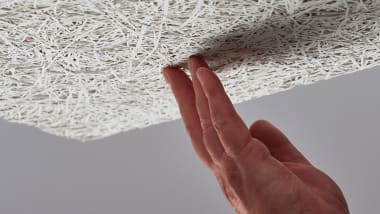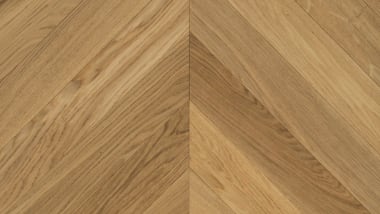Insights from Asif Din, Director of Regenerative Design at Perkins&Will
24 Oct 2023
Coinciding with the launch of our latest RIBA accredited CPD, Journey Towards Circularity, we sat down and talked to Asif Din, Director of Regenerative Design at Perkins&Will, about the circular economy’s impact on architecture.
Perkins&Will operates internationally with offices in London, Europe, the US and China, and Asif is responsible for the Environmental, Social and Governance (ESG) element of the practice’s work. He is an ecological architect with a PhD on the study of the quantification of Embodied Carbon in buildings. His specialties include renewable technologies, low energy materials, microgeneration and Life Cycle Assessment (LCA).
Q. What are the implications of the circular economy on the supply chain?
A. Buildings have traditionally been classified as a waste at the end of their construction process, similar to a computer or other consumable. In terms of how the circular economy would work, and the construction process, it’s not about designing for your building, it’s for the next building. The components need to maintain value and usability beyond their original deployment.
It’s going to be a radical shift, a redefinition of the existing framework. This may require manufacturers to in fact become resellers. What they’ll primarily be concerned with is the secondary market; remanufacture. It’s going to be more like manufacturers sell you the product, you use the product, but they still have a responsibility for it and take it back from you or repair it so it’s as good as new.

Q. Can you tell us about a specific project where you’ve demonstrated the principles of the circular economy?
A. We've recently finished a project for a financial client. There, we actually provided passporting for all of the materials that went in. So every material that's gone in has details of what it’s made of, how you take it apart, and details of its lifespan. We’ve made the information available for all the components that went into that interior fit out.

Q. How will the circular economy change the role of the architect?
A. It starts with thinking that the product that you specify needs to last forever, and for that to be the mindset. We still are in a very consumerist society. People don't even think about the whole building in layers that have different lifespans, and that you need to have access to the right material at the right time without destroying another part of the building to get at it.
One step further is circularity: it should ideally be possible for everything in your house to be taken apart and sold, or taken apart and used somewhere else, rather than being static in one place. That means a world of no glues to allow disassembly, and instead materials that can be recycled quicker: this however requires a world of transparency where you know the ingredients for all materials that are being used.
Q. Perkins&Will have been developing the Now database [which includes information from Havwoods], could you tell us about this project?
A. It's a range of different metrics detailing how materials can be used in their next life and what impact they have. The database breaks that down into a set of questions that need to be answered, from the energy the manufacturing plant runs off, to whether a manufacturer has a carbon reduction plan or a policy on worker welfare or modern slavery. It is to a large degree about honesty on the part of the manufacturer.
For further thoughts on circularity in architecture, and on Havwoods’ sustainable practices, contact us to book your RIBA accredited CPD seminar.


















































